Refine listing
Actions for selected content:
26 results in Cambridge Elements
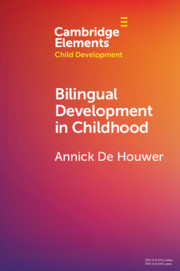
Bilingual Development in Childhood
-
- Published online:
- 19 April 2021
- Print publication:
- 13 May 2021
-
- Element
- Export citation
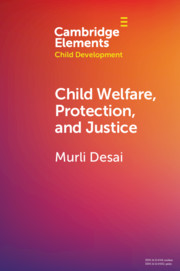
Child Welfare, Protection, and Justice
-
- Published online:
- 21 January 2021
- Print publication:
- 18 February 2021
-
- Element
- Export citation
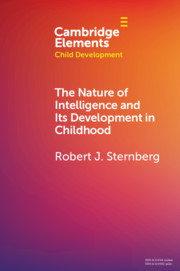
The Nature of Intelligence and Its Development in Childhood
-
- Published online:
- 02 November 2020
- Print publication:
- 03 December 2020
-
- Element
- Export citation
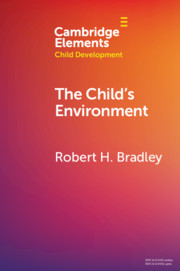
The Child's Environment
-
- Published online:
- 20 October 2020
- Print publication:
- 19 November 2020
-
- Element
- Export citation
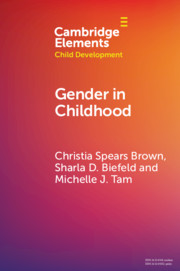
Gender in Childhood
-
- Published online:
- 13 October 2020
- Print publication:
- 12 November 2020
-
- Element
- Export citation
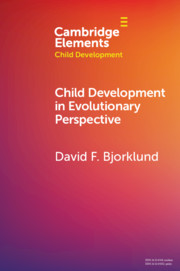
Child Development in Evolutionary Perspective
-
- Published online:
- 02 October 2020
- Print publication:
- 29 October 2020
-
- Element
- Export citation
